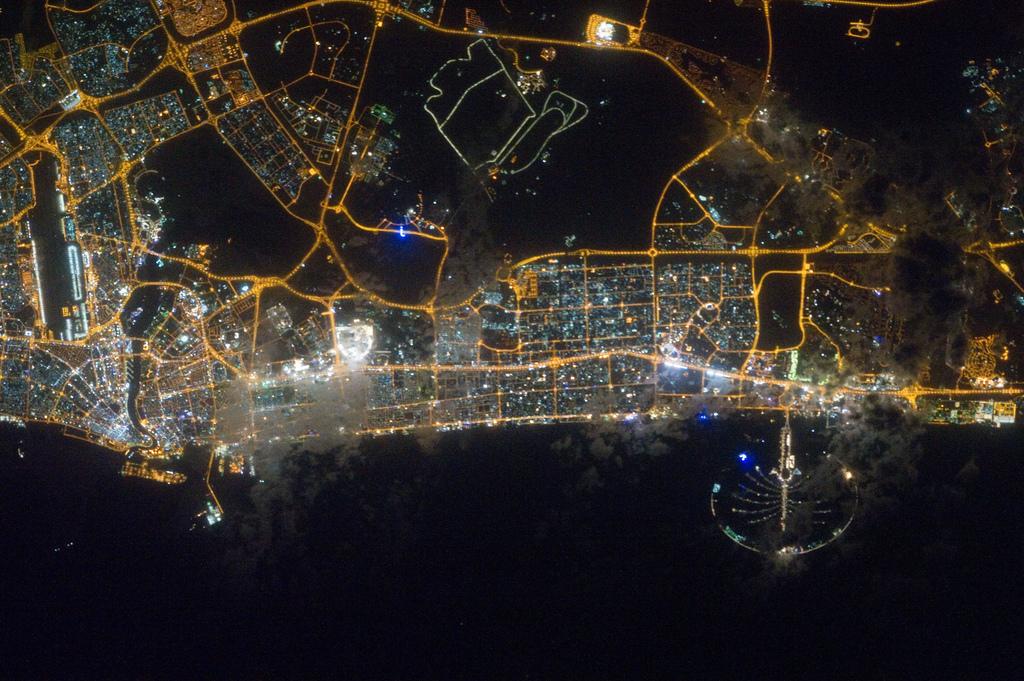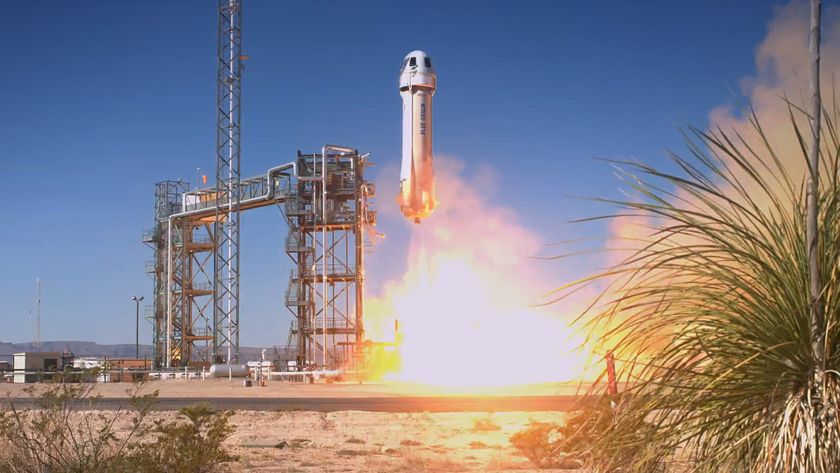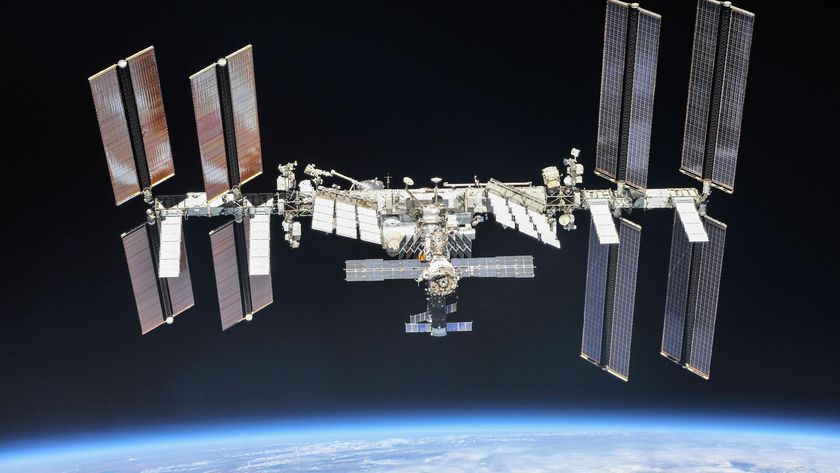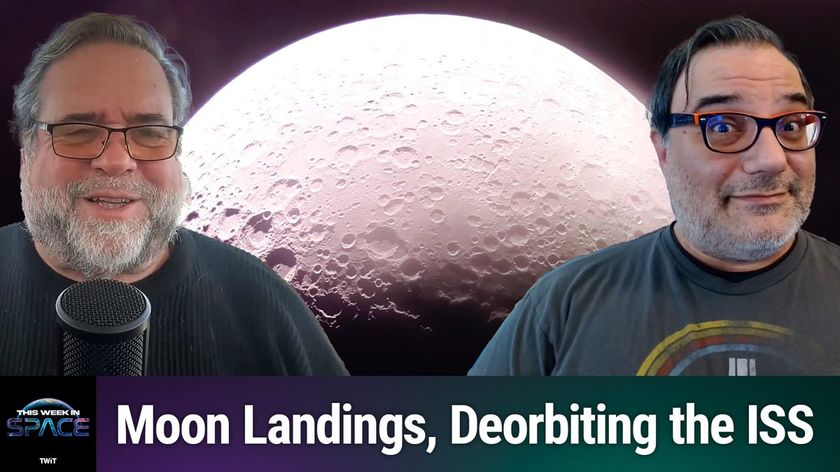Dazzling City Lights of Dubai Seen From Space

A bustling metropolis in the heart of the United Arab Emirates lights up the night in this photo taken by an astronaut aboard the International Space Station.
The city of Dubai is the largest metropolitan area in the emirate of the same name. The region's uniquely shaped island developments, framed by a bright lattice of orange lights, are clearly visible in this nighttime image taken from space on Feb. 22.
Dubai is a popular photographic target for astronauts aboard the International Space Station because of the artificial archipelagos located just offshore in the Persian Gulf, NASA officials said in a statement. These attention-grabbing features were intentionally built so that the full design is only visible from a vantage point looking straight down, such as an airplane or an orbiting outpost in space.
The cluster of lights at the bottom right is the Palm Jumeira complex, which is still under development. The palm tree-shaped artificial archipelago consists of a crescent breakwater surrounding a trunk and 16 fronds.
Flying 240 miles (386 kilometers) above the Earth's surface, the astronauts aboard the space station can fully appreciate Dubai's dazzling city lights, and the area's vivid pattern of urban design.
Several striking patterns can be made out in the detailed image, such as how the highways and major streets are lined with sharp yellow-orange lights, while the commercial and residential areas appear more speckled with blue, white and orange lights.
The large, brightly lit spots are some of Dubai's big hotels and shopping malls, including the world's tallest building, the Burj Khalifa Tower, which looms at an impressive 2,717 feet (828 meters).
Get the Space.com Newsletter
Breaking space news, the latest updates on rocket launches, skywatching events and more!
The stunning city lights contrast sharply with the dark Persian Gulf to the northwest and the more undeveloped and unlit areas to the southeast. The sporadic blurry patches of gray are clouds.
The photo was taken with a long focal-length lens and a digital camera that is highly sensitive to light, NASA officials said.
The space station is currently home to six spaceflyers: two American astronauts, one Dutch astronaut, and three Russian cosmonauts.
This story was provided by OurAmazingPlanet, a sister site to SPACE.com. Follow OurAmazingPlanet for the latest in Earth science and exploration news on Twitter @OAPlanet and on Facebook.
Join our Space Forums to keep talking space on the latest missions, night sky and more! And if you have a news tip, correction or comment, let us know at: community@space.com.
For the science geek in everyone, Live Science breaks down the stories behind the most interesting news and photos on the Internet, while also digging up fascinating discoveries that hit on a broad range of fields, from dinosaurs and archaeology to wacky physics and astronomy to health and human behavior. If you want to learn something interesting every day, Live Science is the place for you.
Most Popular





